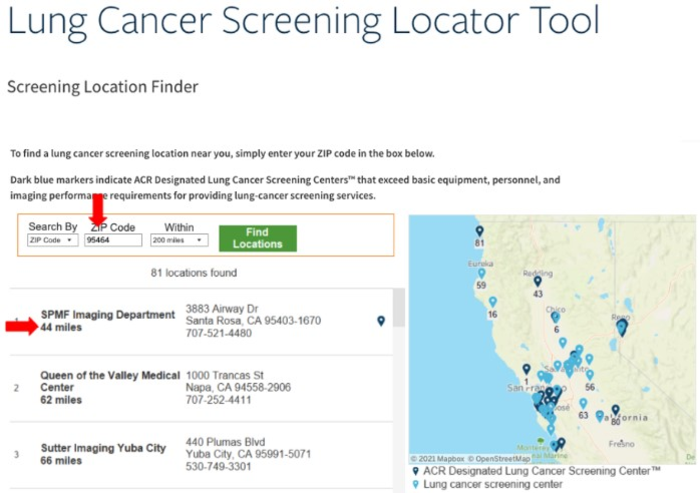New Orleans, LA | Leesburg, VA | May 2, 2022—A Scientific E-Poster presented during the 2022 ARRS Annual Meeting in New Orleans, LA noted how American Indian and Alaskan Native (AI/AN) populations have nearly three times higher incidence rates of lung and colorectal cancer than other ethnic groups—patterns influenced by income, rurality, education, and transportation.

Credit: American Roentgen Ray Society Annual Meeting
New Orleans, LA | Leesburg, VA | May 2, 2022—A Scientific E-Poster presented during the 2022 ARRS Annual Meeting in New Orleans, LA noted how American Indian and Alaskan Native (AI/AN) populations have nearly three times higher incidence rates of lung and colorectal cancer than other ethnic groups—patterns influenced by income, rurality, education, and transportation.
Using the Department of Interior’s Bureau of Indian Affairs website, “for each tribe,” wrote submitting author Miguel Pena of Massachusetts General Hospital in Boston, “we recorded the distance to their closest lung, breast, and colorectal cancer screening center and ACR accreditation status, and if the closest location was in or out of state.”
For colorectal and lung cancer screening, the American College of Radiology’s (ACR) ‘My Computed Tomography Colonography (CTC) Screening Location Finder’ and ‘Lung Cancer Screening (LCS) Locator Tool’ were used to search screening centers up to a 200-mile radius from the AI/AN tribe’s zip code. For breast cancer screening, the FDA’s ‘Mammography Certified Facilities Database’ and FreeMapTools engine found each tribe’s closest cancer center by zip code and matched it with the FDA’s database.
For LCS, 76.4% (454/594) of the populations had their closest LCS center within 200 miles, with a mean distance of 43.6 miles, 88.3% (401/454) of the nearest LCS centers were in-state, and only 26.9% (122/454) were ACR accredited. For CTC screening, 63.3% (376/594) of all populations had a CTC center within 200 miles, with a mean distance of 79.8 miles, 70.21% (264) of the closest CTC centers were in-state, and 46.9% (177/377) were ACR accredited. For breast cancer screening, 93.7% (557/594) of populations had centers within 200 miles with a mean distance of 44.32 miles, 95.7% (533/557) were in-state, and 65.5% (365/557) were ACR accredited.
“Distance barriers may perpetuate existing disparities in cancer screening outcomes among AI/AN tribes who face multilevel barriers to care,” Pena et al. continued, adding that increasing access to imaging cancer screening centers is vital to advance equity and improve outcomes among this patient population.
North America’s first radiological society, the American Roentgen Ray Society (ARRS) remains dedicated to the advancement of medicine through the profession of medical imaging and its allied sciences. An international forum for progress in radiology since the discovery of the x-ray, ARRS maintains its mission of improving health through a community committed to advancing knowledge and skills with the world’s longest continuously published radiology journal—American Journal of Roentgenology—the ARRS Annual Meeting, InPractice magazine, topical symposia, myriad multimedia educational materials, as well as awarding scholarships via The Roentgen Fund®.
MEDIA CONTACT:
Logan K. Young, PIO
44211 Slatestone Court
Leesburg, VA 20176
703-858-4332




